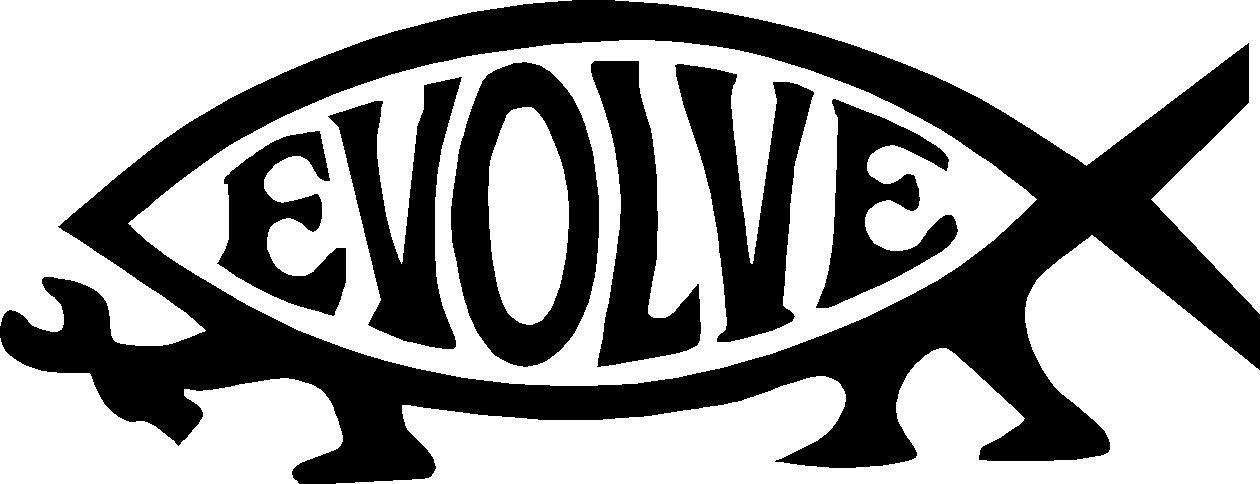
This is a call for change. Let’s ditch the outdated, clunky method of website design as a one-off project, employed by most organizations in somewhat of a vacuum apart from its other efforts. Let’s talk about how to do web design well. Your website is a primary source of information and solutions for all your audiences (internal and external). It serves multiple purposes to multiple audiences. It is a messy intersection of changing needs and goals for content, design, technology, and user experience. As such, it needs regular and frequent love and attention.
“The only thing that is constant is change.” -Heraclitus
Consider the rapidly evolving technological soup in which your website lives. Consider the rapidly growing field of user experience design (based on psychology and physicality). Consider how people (users) themselves are changing how they react to certain modalities in user experience design as things become familiar, and then too familiar, and then undesirable — thus requiring UX design itself to change. Consider the changing algorithms of search sites that send people to your site. Consider the changing needs of your audience over time, as they age, get married or divorced, have children, change jobs, move, lose loved ones, or change focus on what’s important to them. Consider your organization’s own changing goals and requirements as you have successes or failures, as you learn, and as you grow.
This is a call for incremental change. Let’s treat your website like Nature treats … well, nature. Nature doesn’t take a fish and suddenly pop it out of the water, demand that it breathe air and fly, call the creature “done”, and hope for the best. Nature moves gradually. First the fish gets little lungs. Later it gets little feet. Still later it has the urge to crawl out of the water into the air and find out if it can survive there. Nature experiments to find the best solution. Nature adapts forms of life to the environment. Nature is constantly making incremental changes to everything.
“It is not the strongest or the most intelligent who will survive
but those who can best manage change.” -Charles Darwin
Managing the changing needs of your website is best done at regular intervals, with strategy, and with data. By having clear goals for your site, and a plan to test whether or not the site is achieving them along with the means to make changes as needed, you can connect the website to measurable outcomes. Based on the data, you can make regular changes to the site that will improve its ability to deliver results and help you reach your goals. By doing it incrementally, you gain better control over your budget, you spend less money upfront on things that may or may not work, and you get regular insight about the success or failure of your site in reaching your goals.
This is a call for sweeping change. Let’s rethink what a “website” is, and what it does. Let’s start treating it like the evolving creature that it now is. Let’s not try to change it all at once. Instead, let’s help it to more naturally evolve into its best form based on experimentation and hard data. Let’s better understand how key your website is to your entire communications or marketing strategy — how connected it is to your social media outreach and your email or online ad campaigns. It’s your central, digital hub for all audiences. It must be able to swiftly adapt.
“Progress is impossible without change, and those who cannot
change their minds cannot change anything.” -George Bernard Shaw
Change your concept of “web design” to one that considers it to be an evolving thing tied to strategy, and changing often, but in small ways, based on hard data. Change your budgetary planning to a flat fee, monthly model based on clear priorities, instead of a large outlay of cash every few years. Enjoy not having to worry about scope creep or spending more than you have. Change from thinking of a website as an object that exists in a certain form, to thinking of it as an experience that exists in constantly shifting and ever changing forms, depending on device and context, and adapting itself to the needs of your audience in real time.
Change is inevitable. The hallmark of success in evolution is changing along with the environment to improve the odds of survival. As the environment in which people experience your website changes, as people themselves change, as your organization changes … so must your thinking about how to best let your site grow to meet these changing needs evolve.
